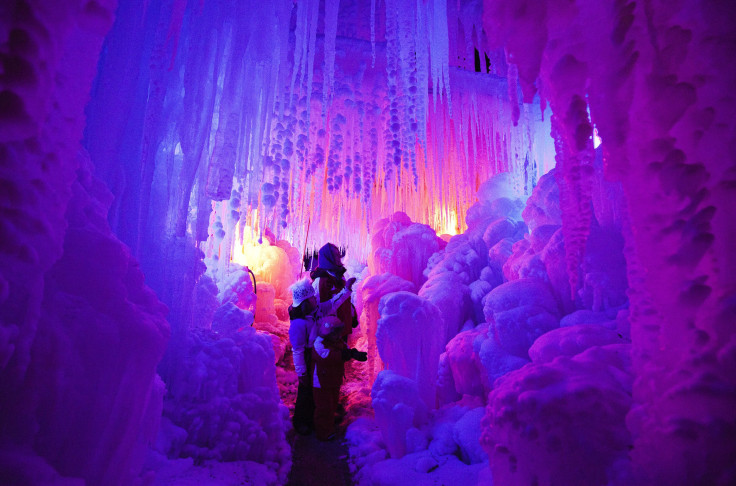Massive reservoir of greenhouse gas may be hiding in ice sheets

Ice sheets may contain gas hydrate stability zone that could serve as a reservoir containing a huge amount of natural greenhouse gases, according to a research published in Nature Communications. This new study shows that significant amount of methane may have been released into the atmosphere from 22,000 years ago and it could occur soon when ice sheets melt away completely.
Principal author Alexey Portnov, researcher from the Centre for Arctic Gas Hydrate, Environment and Climate (CAGE) at UiT The Arctic University of Norway, explained in a press release that creation of gas hydrates requires high pressure, gas and low temperatures. The sub-seabed along the world's continental margins and the permafrost areas on land and offshore are suitable environments for this process to occur.
This subject has been reported before, but this is the first comprehensive study to present that the ice sheets are the third process that can produce, contain and maintain vast amounts of gas. Portnov added that ice sheets are cold and can exert great pressure on the ground, which is why these are favourable geological setting to harbour gas hydrates. Apparently, one cubic metre of gas hydrate contains almost 170 cubic metres of methane.
The scientists from CAGE observed data from offshore western Svalbard in the Arctic Ocean over time. This allowed them to make an accurate simulation of gas hydrate reservoir evolution during and after the last ice age.
The team mapped over 1,900 pockmarks, which signifies gas escape, on the seafloor of the study area. Rapid climate warming caused the sheets to melt, decreasing pressure on the ground and increasing the temperature, consequently releasing methane into sea water and atmosphere.
According to the experts, methane is at least 20 times more potent than CO2, and it can accelerate global warming, which has always been a concern because it can melt ice sheets and increase sea levels. The methane under the ice sheets poses a new threat that needs to be taken care of.
Nevertheless, it is difficult and expensive to study this process in modern polar environments, Portnov noted. Still, this research urges people to consider the impact the rapid melt will have on the future climate.
Contact the writer at feedback@ibtimes.com.au or tell us what you think below.





















